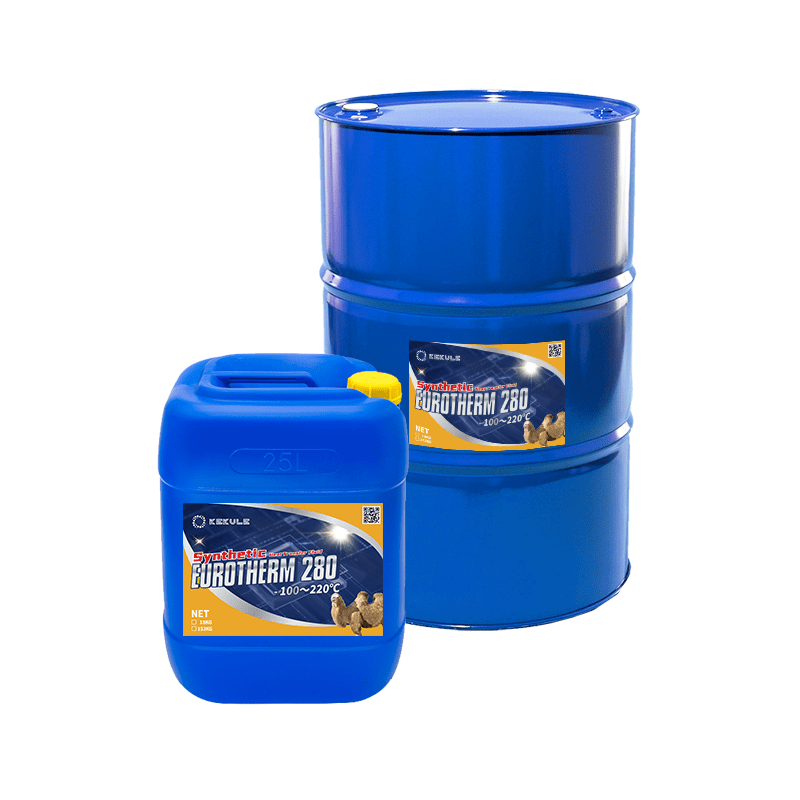Chemie for Beginners
Table of ContentsFascination About ChemieNot known Facts About ChemieThe Facts About Chemie UncoveredChemie - An OverviewChemie Can Be Fun For Everyone10 Easy Facts About Chemie Shown
By Bojanna Shantheyanda, Sreya Dutta, Kevin Coscia and David SchiemerDynalene, Inc. Fluid cooling, which can be attained making use of indirect or straight ways, is utilized in electronics applications having thermal power densities that might exceed safe dissipation through air cooling. Indirect fluid air conditioning is where warm dissipating electronic elements are literally divided from the fluid coolant, whereas in instance of straight air conditioning, the components are in direct contact with the coolant.Nevertheless, in indirect air conditioning applications the electric conductivity can be vital if there are leaks and/or splilling of the liquids onto the electronic devices. In the indirect air conditioning applications where water based liquids with rust inhibitors are typically used, the electrical conductivity of the fluid coolant mainly depends upon the ion concentration in the liquid stream.
The rise in the ion concentration in a closed loophole fluid stream may take place due to ion seeping from metals and nonmetal elements that the coolant fluid touches with. Throughout operation, the electrical conductivity of the fluid may boost to a level which might be harmful for the cooling system.
The Buzz on Chemie
(https://nwgsuqneu11.typeform.com/to/EnpuRWEa)They are bead like polymers that are qualified of trading ions with ions in an option that it touches with. In the present work, ion leaching tests were carried out with numerous steels and polymers in both ultrapure deionized (DI) water, i.e. water which is treated to the greatest degrees of pureness, and low electrical conductive ethylene glycol/water blend, with the gauged change in conductivity reported gradually.
The samples were permitted to equilibrate at room temperature level for 2 days prior to tape-recording the first electrical conductivity. In all examinations reported in this study fluid electric conductivity was measured to a precision of 1% making use of an Oakton disadvantage 510/CON 6 series meter which was calibrated before each measurement.
Chemie for Dummies
from the wall surface home heating coils to the center of the heater. The PTFE sample containers were positioned in the furnace when stable state temperature levels were gotten to. The test setup was eliminated from the heating system every 168 hours (seven days), cooled to space temperature with the electric conductivity of the fluid determined.
The electrical conductivity of the fluid sample was kept track of for a total of 5000 hours (208 days). Schematic of the indirect shut loophole cooling experiment set-up. Elements made use of in the indirect shut loophole cooling experiment that are in call with the fluid coolant.

Chemie Fundamentals Explained
The change in fluid electrical conductivity was checked for 136 hours. this The liquid from the system was collected and saved.

0.1 g of Dowex material was contributed to 100g of fluid examples that was taken in a separate container. The mixture was mixed and transform in the electric conductivity at room temperature level was determined every hour. The gauged change in the electrical conductivity of the UP-H2O and EG-LC examination liquids including polymer or steel when involved for 5,000 hours at 80C is shown Number 3.
Chemie - Truths
Number 3. Ion seeping experiment: Measured modification in electrical conductivity of water and EG-LC coolants having either polymer or metal examples when immersed for 5,000 hours at 80C. The outcomes indicate that steels added fewer ions into the liquids than plastics in both UP-H2O and EG-LC based coolants. This can be because of a thin metal oxide layer which may act as a barrier to ion leaching and cationic diffusion.
Fluids including polypropylene and HDPE displayed the most affordable electric conductivity adjustments. This could be as a result of the short, rigid, straight chains which are much less likely to contribute ions than longer branched chains with weaker intermolecular forces. Silicone also executed well in both examination fluids, as polysiloxanes are normally chemically inert as a result of the high bond energy of the silicon-oxygen bond which would prevent destruction of the product into the liquid.
Not known Factual Statements About Chemie
It would be anticipated that PVC would create similar outcomes to those of PTFE and HDPE based on the comparable chemical frameworks of the materials, nevertheless there may be various other contaminations existing in the PVC, such as plasticizers, that may influence the electrical conductivity of the fluid - therminol & dowtherm alternative. In addition, chloride teams in PVC can additionally seep right into the examination liquid and can cause a rise in electrical conductivity
Polyurethane totally disintegrated into the test liquid by the end of 5000 hour test. Prior to and after images of steel and polymer examples immersed for 5,000 hours at 80C in the ion leaching experiment.
Measured change in the electric conductivity of UP-H2O coolant as a feature of time with and without material cartridge in the closed indirect air conditioning loop experiment. The gauged modification in electrical conductivity of the UP-H2O for 136 hours with and without ion exchange resin in the loop is revealed in Figure 5.